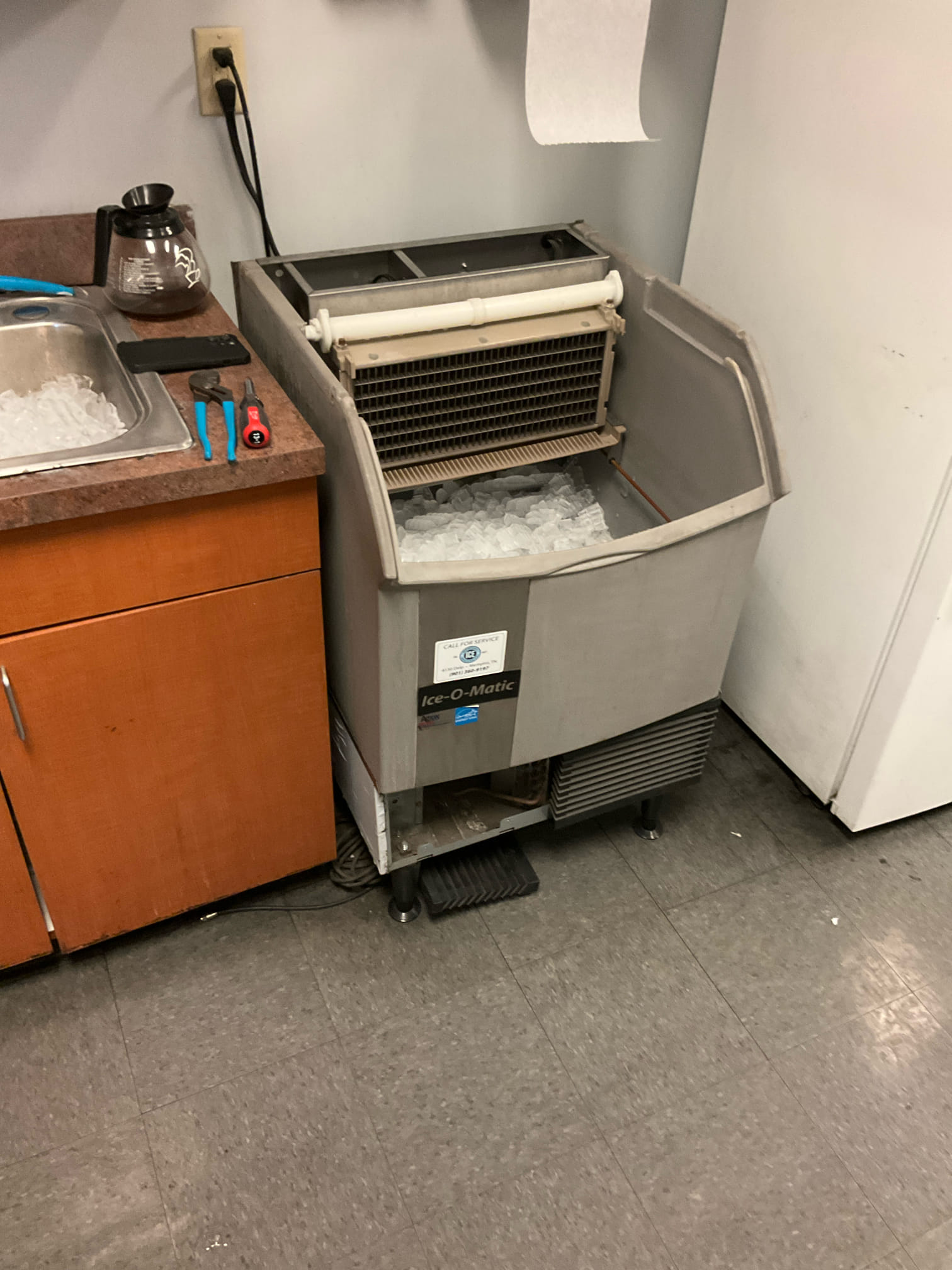proudly serving
the mid-south
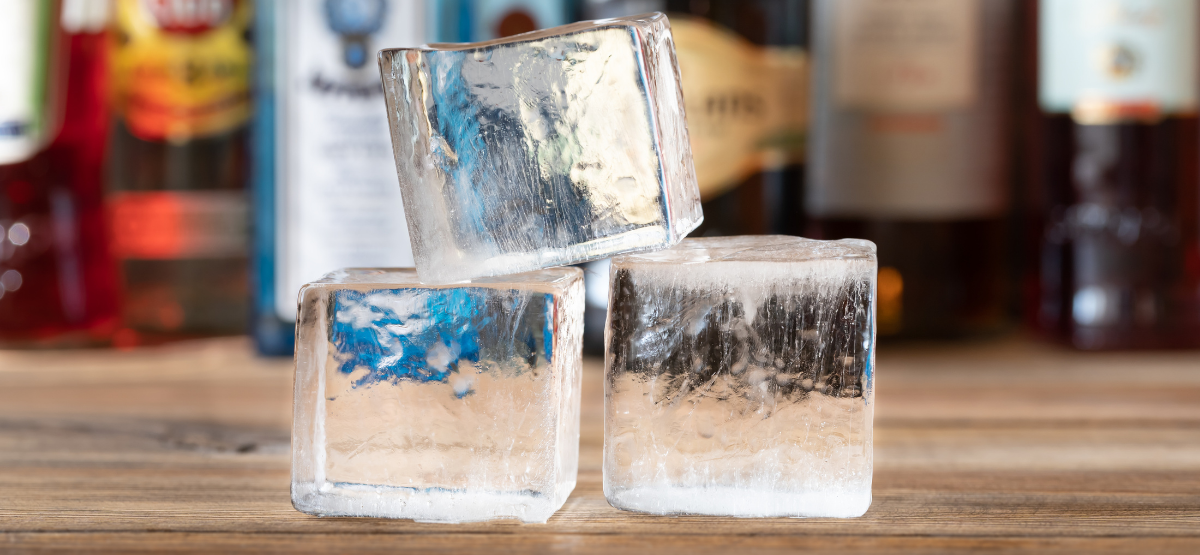
The Ultimate Guide to Clear and Cloudy Ice
In this blog, we’ll identify why ice freezes cloudy, the difference between clear and cloudy ice, and how you can get your hands on a machine that produces clear ice by the scoop.
But it doesn’t look very nice. In fact, it might taste a bit funky, too. What’s going on there? It’s just frozen water, right?
Well, not exactly. It doesn’t matter if your water is purified, distilled, deionized, or straight from the tap—it probably has floating bits of organic matter or sediments floating about in it, as well as dissolved gases. It’s called H2O for a reason.
How does ice shift from cloudy and hazy to clear and clean? Well, the short answer is to buy or rent an ice machine that produces crystal clear ice whenever you need it. But the long answer’s worth diving into. And that’s exactly what we’re going to do today.
In this blog, we’ll identify why ice freezes cloudy, the difference between clear and cloudy ice, and how you can get your hands on a machine that produces clear ice by the scoop.
How does cloudy ice happen?
Speed
Ice is an intricate combination of beautiful water crystals. The speed at which water freezes determines the size of ice’s crystalline structure. Flash freeze your water and you’ll enjoy cloudy ice thanks to the small and numerous ice crystals.
Grab an ice cube from your freezer and take a close look. What do you see? Is it cloudy in the middle, the sides, or everywhere?
It’s likely cloudy in the middle of the ice cube. Here’s why. Everything, from you and me to the Rocky Mountains, freezes from the outside. Without getting too off-topic, parts of the Earth’s crust are what is known as permafrost. That means there is ground that is always frozen from the outside. The same applies to the modest ice cube.
The center of the ice cube is the last to freeze completely. It’s actually kind of fun to take an ice cube out of the tray before it’s solid—you’ll see the liquid water center with a thin layer of ice surrounding it. In short, it’s food you can play with! It’s not harmful to consume cloudy ice, but it sure isn’t photogenic.
Impurities
Water freezes into ice at zero degrees Celsius, or 32 degrees Fahrenheit. You can bend that rule a little bit, but in most cases, that’s the energy threshold for ice to form. Though the water itself freezes, the gas and impurities (oxygen and minerals from the environment) do not freeze. The result? Air bubbles and sentiment refract visibly and—you guessed it—create cloudy ice that might taste odd.
Since oxygen is still a gas at water’s freezing point, it’s trying to escape. What happens when the CO2 in your soda interacts with that escaping oxygen? Pop, pop. Fizz, fizz! Cloudy ice in your carbonated beverages is a big reason why pouring your soda on the rocks produces bubbles. Also, savor your fizzy beverage. Pour it slowly over your ice and just savor the moment.
Not only do ice cubes cloud in the freezer thanks to speed and contaminants, but they also shrink after a few days thanks to a process known as sublimation, when a solid evaporates straight to a gas, bypassing the liquid phase entirely.
Here’s the real bummer about cloudy ice: all of the impurities and the gases trapped in the ice ensure your ice cubes melt faster when it’s time to do the job. Sure, there are clear benefits to making functional, (cloudy) ice as fast as possible. But there are some evident drawbacks that can really impact your customer’s satisfaction with their beverage.
What is clear ice?
Clear ice and cloudy ice are essentially the same product you can crunch, munch, or pop in your drink to chill. The key difference is that clear ice lacks the impurities clouding other ice and requires more time to freeze. As with most foods or products, the more time you spend to prepare and perfect often results in a better product.
Whether you make it with tap water or distilled water, clear ice just tastes better. Because it lacks impurities, clear ice doesn’t taste like your freezer or distract from a beverage’s flavor.
A small amount of liquid or frozen water is clear. That’s because the water does not absorb most of the visible light passing through it. The result? A two-way mirror that we can drink!
Fun fact: water isn’t colorless! The water itself isn’t clear—it’s actually blue. In small amounts, we can’t tell the difference between clear and blue. But can you imagine how big a crystal clear ice cube needs to be to appear as blue as the oceans? Now that’s something to crunch on.
How is clear ice formed?
Remember: cloudy ice becomes cloudy because it freezes incredibly fast. Large quantities of small ice crystals refract light around impurities, resulting in a hazy appearance. But you already know that.
Can you guess why clear ice isn’t cloudy?
Well, we’re going to tell you because we want you to keep reading. Clear ice cubes have substantially fewer impurities and experience longer freeze time. That’s why commercial or restaurant-grade ice machines make so many ice cubes. It takes a while to make the best ice machines can make!
Since the water freezes slowly, the gases and minerals trapped in the center of the ice push out from the center. No more clouds. Now that we think about it, clear ice is kind of like a crisp Spring morning. Refreshing, happy, and oh so satisfying.
How long does it take for clear ice to form?
Clear ice is a slow, meaningful process that requires the right approach, equipment, and investment. Rushed ice isn’t clear the way you want it to be. Instead, you’ll deal with cloudy ice time and time again.
Clear ice is clear because it’s built of fewer and larger crystals. Cloudy ice is the result of many smaller crystals, which refract visible light and appear cloudy. That speed, as we’ve mentioned before, traps naturally occurring minerals, organic matter, and gases in the middle of the ice cube. A slow, measured approach to ice-making results in crystal clear ice—every single time.
Generally, it takes between one to two days to freeze and produce large quantities of crystal ice ready to serve to thirsty customers.
This is our favorite thing about clear ice: it melts slower than cloudy ice! Since there is no gas trying to get out of clear ice, your ice takes longer to shift back into a liquid. Your customers never have to worry about watered-down drinks again. Perfectly chilled sips no matter what.
Achieve clarity with a new ice machine
We do not discriminate when it comes to your preferred ice. If you like cloudy ice, then let your freak flag fly. However, customers often prefer clear ice. Why? Great taste, beautiful presentation, and uniform structure. It’s a win-win.
So, now you know. Not all ice is made the same. The only thing to do now is crystal clear: contact us today to discover which ice machine is right for you and your customers.
Recent News
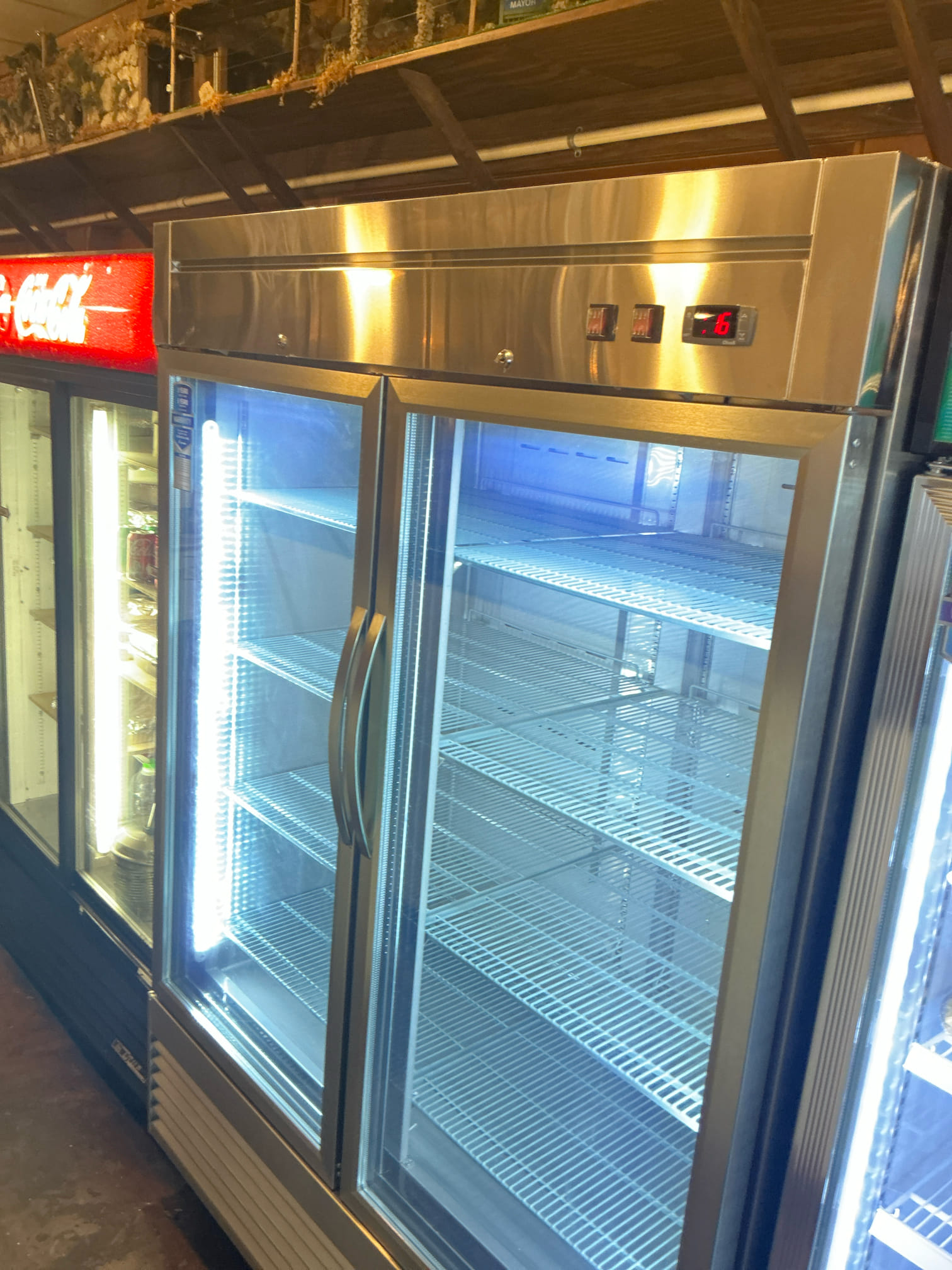
Best Practices for Storing Food Around Ice Bins Safely and Efficiently
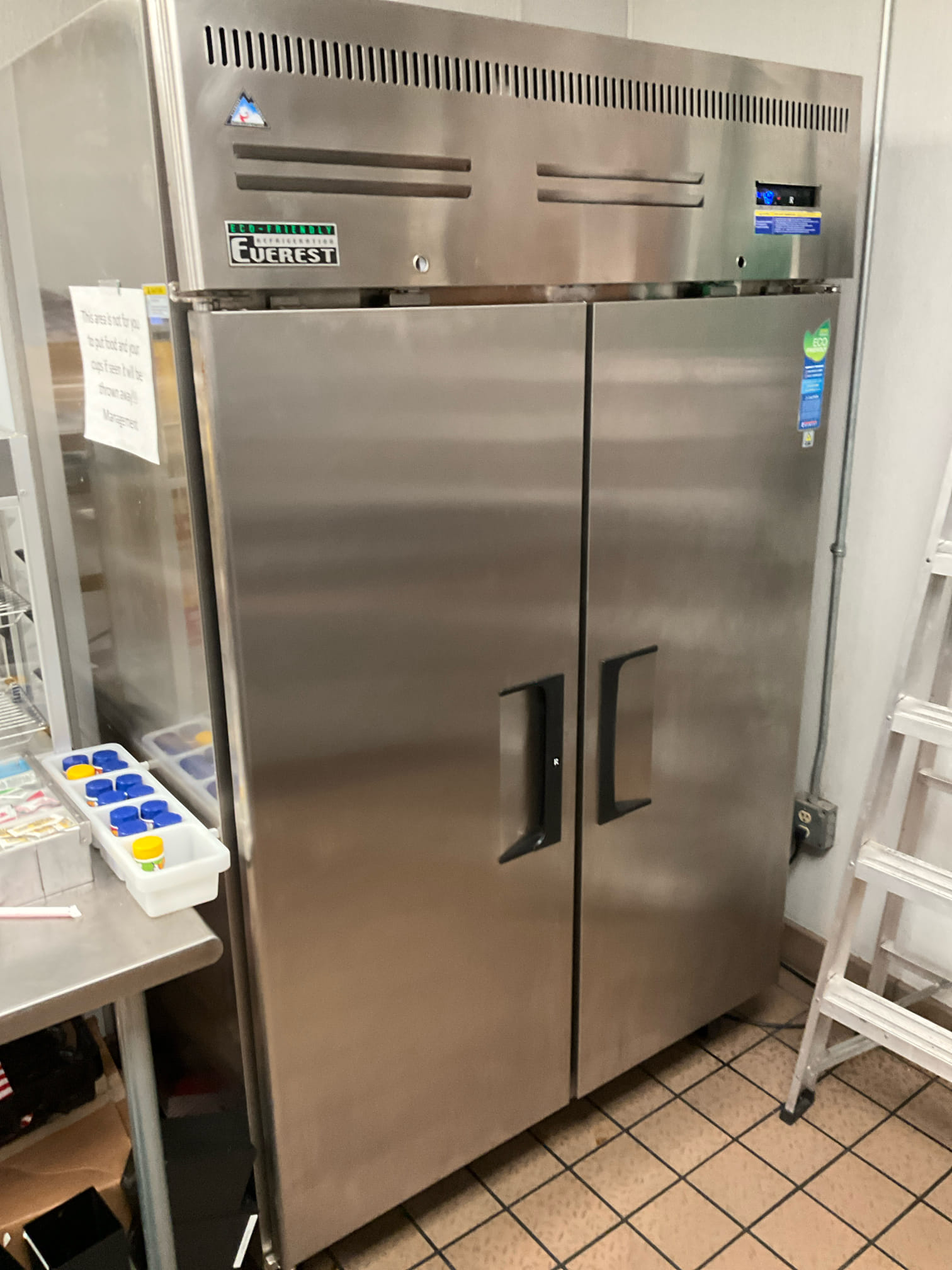
Best Practices for Loading and Unloading Walk-In Freezers Made Easy and Efficient
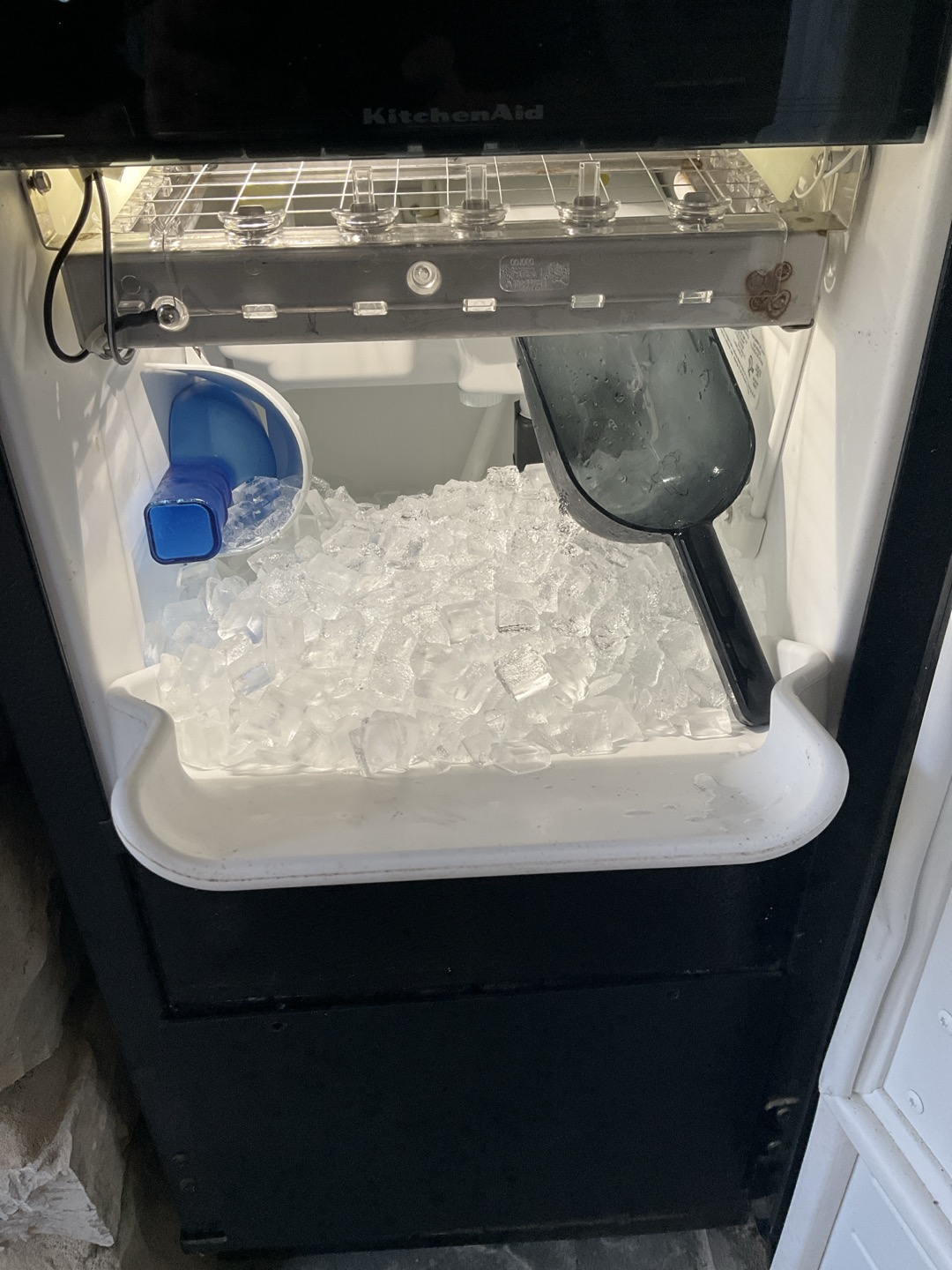
Best Practices for Cleaning Walk-In Cooler Shelving Tips for Maintaining Hygiene and Efficiency
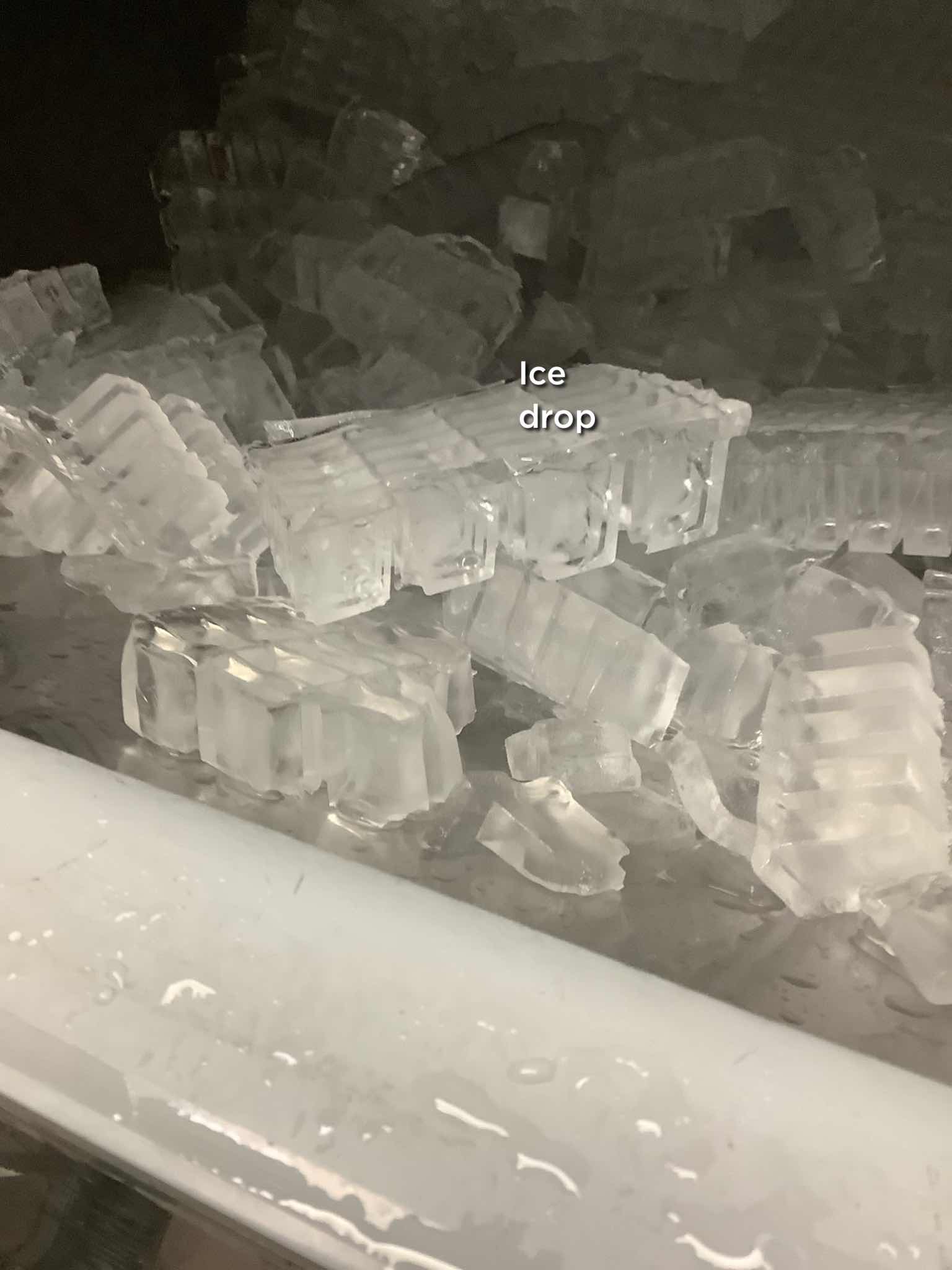
Best Practices for Cleaning and Sanitizing Commercial Ice Equipment to Keep It Safe and Sparkling

Best Maintenance Tips for Bar Refrigeration Systems to Keep Your Drinks Cold and Equipment Running Smoothly
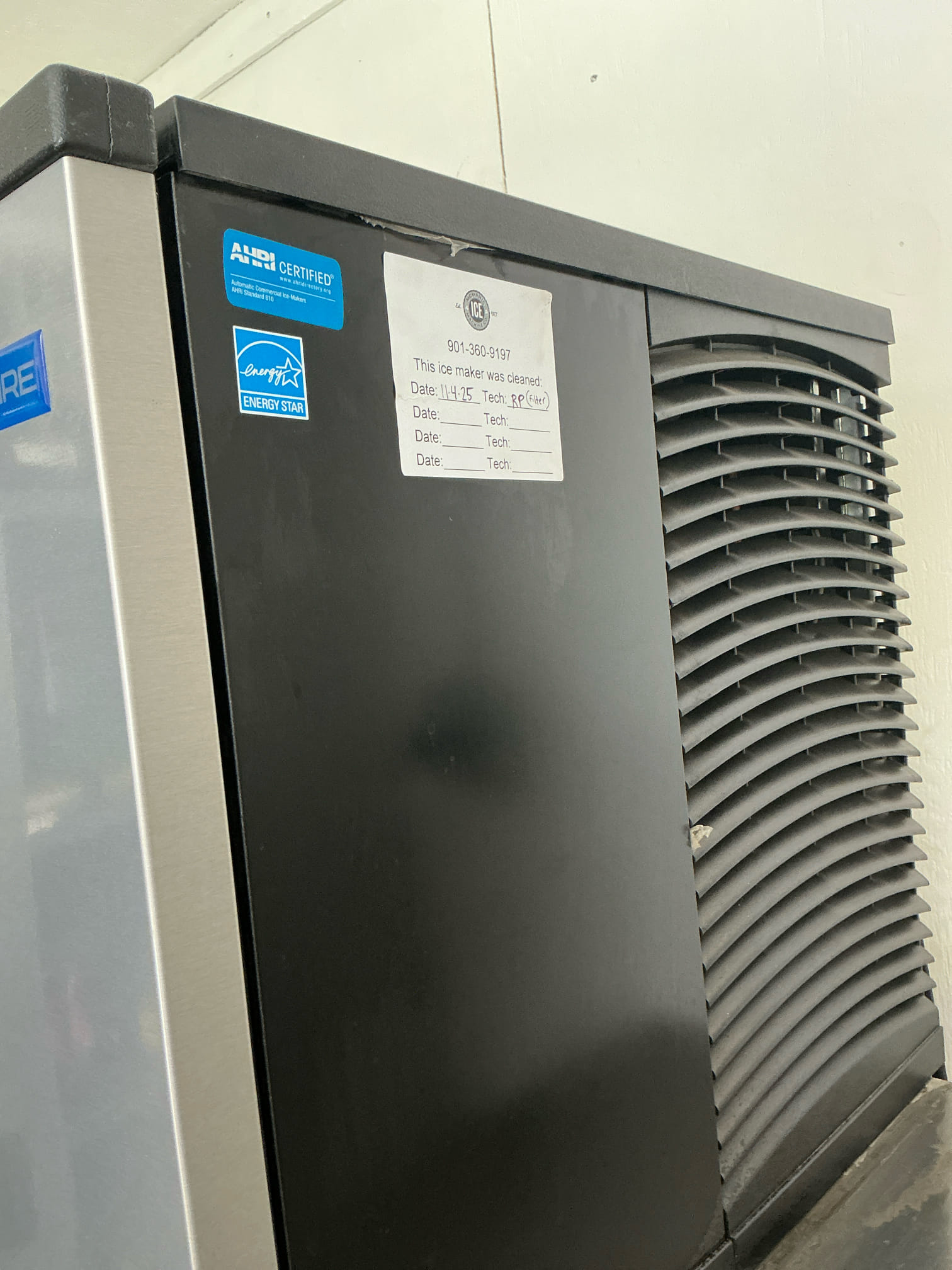
Benefits of Working with Certified Refrigeration Technicians for Reliable and Efficient Cooling Solutions
